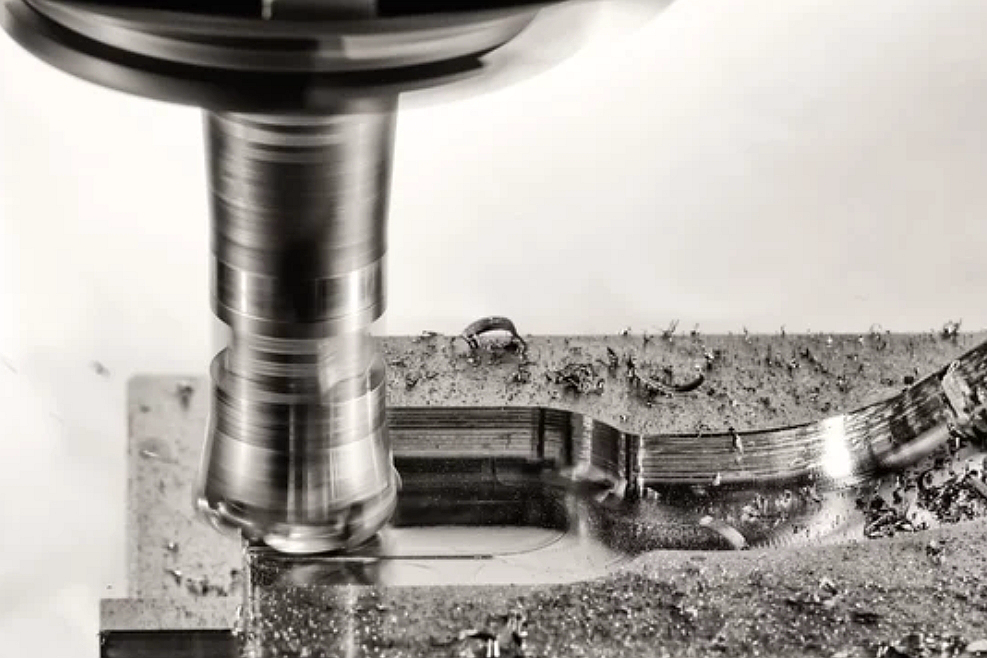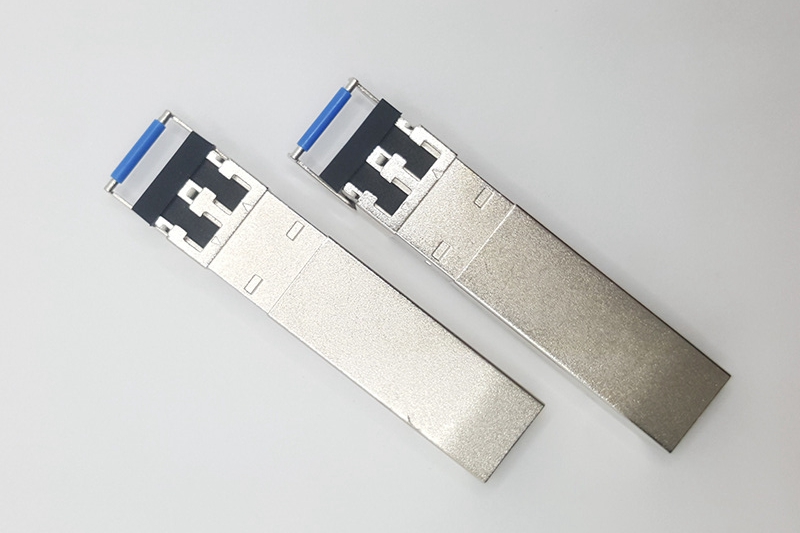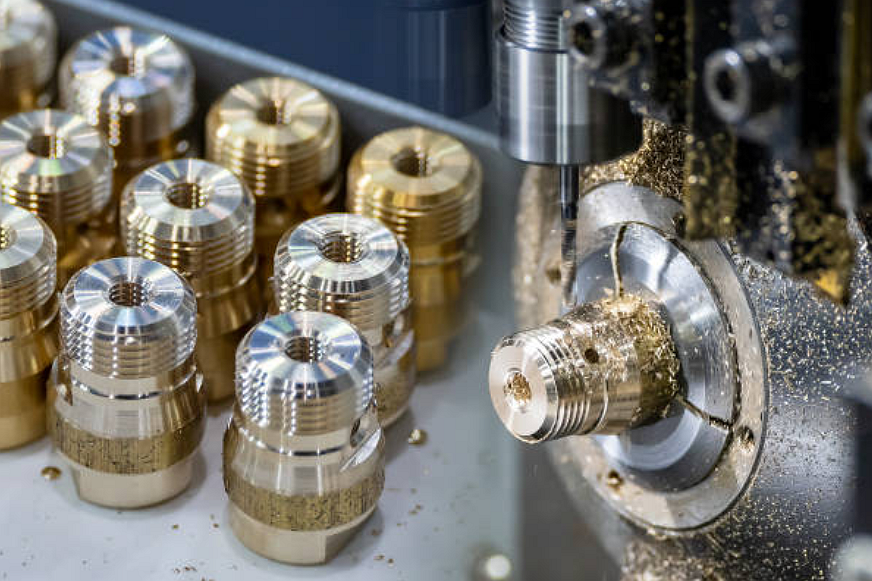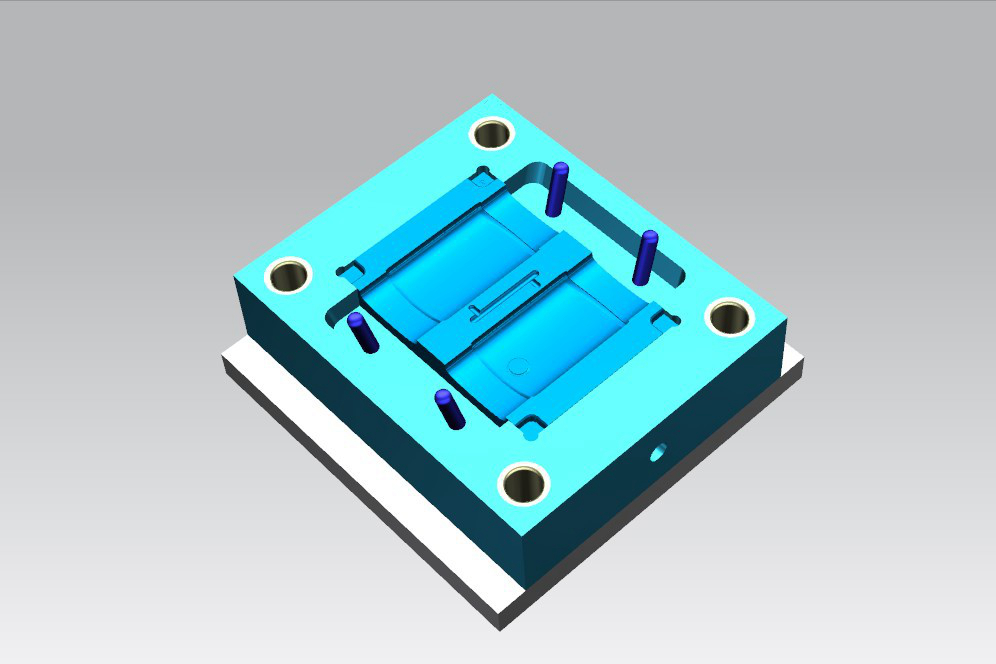What Are the Types of Milling Operations: A Comprehensive Guide
How CNC Milling Works?
A Brief Overview
CNC (Computer Numerical Control) milling is a precision manufacturing process that uses computer-controlled rotary cutters to remove material from a workpiece, shaping it into the desired form. This method is renowned for its accuracy, efficiency, and ability to produce complex shapes with tight tolerances, making it an essential technique in modern manufacturing.
Key Components and Mechanisms
CNC Machine: The central component of CNC milling is typically composed of a frame, a table for the workpiece, and a spindle that holds the cutting tools. The machine operates based on pre-programmed sequences of commands derived from CAD (Computer-Aided Design) files.
Cutting Tools: Various tools are used in CNC milling, each designed for specific cuts and materials. Standard tools include end mills, face mills, and drill bits, which are selected based on the desired operation and material characteristics.
Workpiece: The raw material that is machined into the final product. Common materials include metals (such as aluminum, steel, and titanium), plastics, and ceramics. The workpiece is securely fastened to the machine table, ensuring stability during the milling process.
Control Unit: The brain of the CNC milling machine, responsible for interpreting the CAD files and translating them into precise movements of the machine components. The control unit ensures that the cutting tools move in the correct paths and at the proper speeds.
The Milling Process
Design and Programming: The process begins with creating a detailed CAD model of the desired part. This model is converted into a CNC program using CAM (Computer-Aided Manufacturing) software. The program includes instructions for tool paths, cutting speeds, and other parameters.
Setup: The workpiece is securely clamped to the machine table, and the appropriate cutting tools are loaded into the spindle. The machine is calibrated to ensure precision, including zeroing the axes to establish a reference point.
Milling Operations: The CNC machine follows the programmed instructions to perform various milling operations. The spindle rotates the cutting tool at high speeds, and the table moves the workpiece along multiple axes (typically X, Y, and Z), enabling intricate cuts and shapes.
Finishing: After the primary milling operations are completed, additional processes such as deburring, polishing, or heat treatment may be applied to achieve the final surface finish and mechanical properties.
Advantages of CNC Milling
Precision: CNC milling can achieve tolerances as tight as ±0.001 inches, making it ideal for producing high-precision parts.
Versatility: Suitable for a wide range of materials and capable of producing complex geometries.
Efficiency: Automated operation reduces production time and labor costs.
Repeatability: Consistent quality and accuracy across multiple parts.
Types of Milling Operations Based on Workpiece Geometry
Milling operations are diverse, offering various capabilities to address the geometries of workpieces and machining requirements. By understanding these different types of operations, manufacturers can efficiently select the most suitable approach for their specific applications. Here's an expanded guide to the various types of milling operations based on workpiece geometry:
Face Milling
Description: Face milling involves cutting along the surface of the workpiece to create a flat or contoured surface. This operation is commonly used for finishing flat surfaces, producing precise angles, creating slots, and generating complex geometric features.
Applications: Face milling is widely used in industries such as aerospace, automotive, and mold-making for machining components with flat or contoured surfaces, including engine blocks, mold cavities, and structural components.
Plain Milling
Description: Plain milling involves cutting with the peripheral teeth of the milling cutter along a linear path parallel to the surface of the workpiece. It is suitable for machining flat surfaces, shoulders, slots, and keyways.
Applications: Plain milling is commonly used in general machining operations, such as milling flat surfaces on workpieces, machining shaft keyways, and creating slots in components like brackets and housings.
Side Milling
Description: Side milling involves cutting with the side of the milling cutter to create a flat surface perpendicular to the axis of rotation. This operation is ideal for machining the sides of the workpiece, producing slots, and cutting keyways.
Applications: Side milling is utilized in applications where perpendicular surfaces are required, such as machining the sides of flanges, producing slots in gears, and creating keyways in shafts.
Straddle Milling
Description: Straddle milling involves milling two parallel surfaces simultaneously by mounting the workpiece between two cutters. This operation is used to create slots or cavities wider than the width of the milling cutter.
Applications: Straddle milling is commonly employed in industries such as manufacturing, aerospace, and automotive for machining wide slots, pockets, and grooves in components like valve bodies, engine blocks, and transmission housings.
Gang Milling
Description: Gang milling utilizes multiple milling cutters mounted on the same arbor to perform simultaneous milling operations on different workpiece surfaces. This technique enhances efficiency and productivity in mass production scenarios.
Applications: Gang milling is extensively used in high-volume production environments for machining multiple surfaces of components simultaneously, such as in the production of automotive engine blocks, cylinder heads, and transmission cases.
Angle Milling
Description: Angle milling involves cutting at an angle to the surface of the workpiece, typically to create chamfers, bevels, or angular features. It allows for the machining of components with precise angled surfaces.
Applications: Angle milling finds applications in various industries for creating chamfers on edges, beveling surfaces for weld preparation, and machining angular features on components like brackets, frames, and structural members.
Form Milling
Description: Using specially shaped milling cutters, form milling produces complex shapes and contours on the workpiece surface. It allows for the machining of intricate geometries with high precision.
Applications: Form milling is essential in industries such as aerospace, medical, and tooling for manufacturing components with intricate contours and profiles, including turbine blades, orthopedic implants, and injection molds.
End Milling
Description: End milling involves cutting with the peripheral edge of the milling cutter to create profiles, contours, and slots at the end of the workpiece. It is suitable for machining features on the end surfaces of components.
Applications: End milling is commonly used in mold-making, die-making, and general machining for features such as pockets, recesses, and contours on the end surfaces of components like mold inserts, die blocks, and fixtures.
Saw Milling
Description: Sawmilling utilizes milling cutters with saw-like teeth to cut through the workpiece, similar to a bandsaw or circular saw. It cuts the workpiece's slots, grooves, and internal features.
Applications: Sawmilling is utilized in various industries for machining internal features, such as slots and keyways, in components like gears, pulleys, and couplings, as well as for cutting excess material from workpieces.
Gear Milling
Description: Gear milling is a specialized operation that produces gears and gear-related components. It involves cutting gear teeth using specially designed milling cutters with the appropriate tooth profiles.
Applications: Gear milling is essential in industries such as automotive, aerospace, and power generation for manufacturing gears, splines, and other gear-related components used in transmissions, engines, and machinery.
Thread Milling
Description: Thread milling produces threads on the workpiece, either internally or externally, using specialized milling cutters. It offers precision and flexibility compared to traditional threading methods.
Applications: Thread milling is widely used in industries such as aerospace, automotive, and electronics for machining precision threads on components like bolts, screws, nuts, and threaded inserts.
CAM Milling
Description: Computer-Aided Manufacturing (CAM) milling involves using CAM software to generate tool paths for machining complex geometries and contours on the workpiece surface. It enables efficient machining of intricate parts with high precision.
Applications: CAM milling is essential in industries such as aerospace, medical, and defense for manufacturing complex components with intricate geometries, including turbine blades, medical implants, and aerospace structures.
How to Choose the Right Milling Operations?
Choosing the proper milling operations is crucial for achieving optimal machining results, maximizing efficiency, and minimizing costs. Here are the key factors to consider when selecting the appropriate milling operations for a specific project:
Material of the Workpiece
Considerations: Different materials have unique properties that affect how they can be machined. For example, more rigid materials like titanium and stainless steel require more robust cutting tools and slower cutting speeds. In comparison, softer materials like aluminum and plastics can be machined at higher speeds with less tool wear.
Selection: Match the milling operation to the material. For instance, high-speed milling is suitable for aluminum, while carbide tools and slower speeds are more effective for hard metals.
Workpiece Geometry
Considerations: The shape and size of the workpiece will determine the type of milling operation required. Complex geometries may necessitate multi-axis milling or specialized cutters.
Selection: Use form milling for intricate profiles, end milling for detailed contours, and face milling for large flat surfaces. Choose the operation that can efficiently produce the desired geometry.
Tolerance and Surface Finish Requirements
Considerations: The required precision and surface finish will influence the choice of milling operation. High-precision parts with tight tolerances and smooth surface finishes demand specific operations and cutting conditions.
Selection: Opt for finish milling operations like face or end milling for high-tolerance and smooth finishes. Rough milling can be used for initial material removal when precision is less critical.
Production Volume
Considerations: The volume of parts to be produced affects the choice of milling operation. High-volume production may benefit from operations that maximize efficiency and reduce cycle times.
Selection: Use gang or straddle milling for high-volume production to machine multiple surfaces simultaneously. For low-volume or prototype production, focus on flexible operations and quick setup times, such as CNC milling.
Machine Capabilities
Considerations: The capabilities of the milling machine, including its size, power, and available axes, will limit the types of operations that can be performed.
Selection: Select milling operations that align with the machine’s capabilities. For example, multi-axis milling can be used for complex parts on machines with more than three axes of motion. Ensure the machine has the necessary power and stability for the chosen operation.
Tooling Availability
Considerations: The availability of appropriate cutting tools and their compatibility with the milling machine and workpiece material are essential for efficient operations.
Selection: Select operations that use readily available and cost-effective tools. For specialized operations, such as gear milling or thread milling, ensure that the necessary tools are available and compatible with your machine.
Cost and Time Efficiency
Considerations: Balancing cost and time efficiency is crucial for profitable production. The chosen milling operations should optimize both factors without compromising on quality.
Selection:
Evaluate the tooling cost, machine time, and labor for each operation.
Utilize high-efficiency milling techniques for large-scale production runs to minimize cycle times and reduce costs.
For small batches, prioritize operations that minimize setup and tooling costs.
Secondary Operations
Considerations: Some milling operations may require additional processes such as deburring, polishing, or heat treatment. These secondary operations can impact the overall production timeline and cost.
Selection: Choose milling operations that minimize the need for secondary processes. For example, select finishing operations that achieve the desired surface quality, reducing the need for additional polishing or machining.
Specific Industry Standards
Considerations: Certain industries have specific standards and requirements that must be met. These standards can dictate the choice of milling operations and the quality of the final product.
Selection: Ensure the chosen milling operations comply with industry standards and regulations. For example, aerospace components require high precision and specific surface finishes, which may necessitate particular milling operations.




